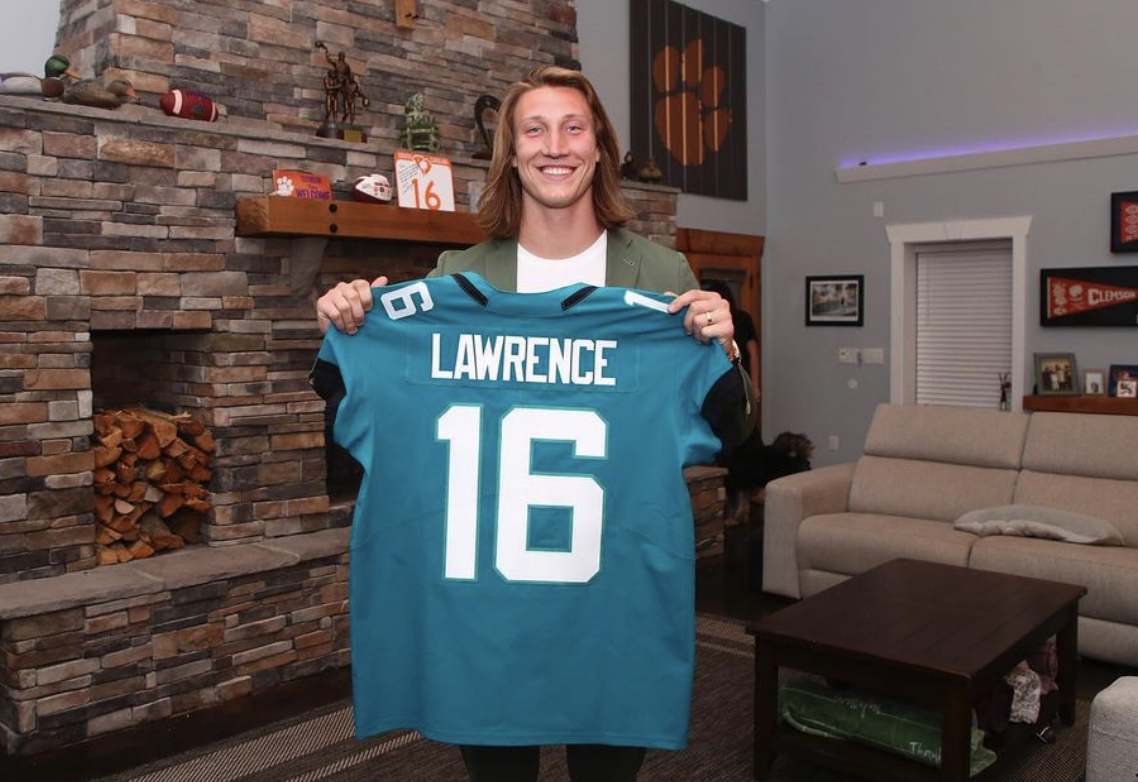On-site corporate stores are routine practices for megabrands like Nike and Under Armour, and Cisco is no exception.
The global digital communications technology conglomerate has two physical stores in its headquarters and has been asked to debut more in other Cisco offices. The company has had a home office store nearly since its inception, when a group of computer scientists from Stanford University started the company in San Francisco in 1984. Along with the expected Cisco logo-ed sweatshirts and T-shirts, the software specialist recently amped up its pitch, both in terms of products and technology. Last week Cisco introduced the first of what will be quarterly look books showcasing its latest in-house designs and the latest technology.
In the last three years, Cisco has nearly doubled the technology in its stores and has brought more retailers through to see how that technology is deployed. That effort has resulted in nearly a 50 percent gain in sales due to offering more “on-trend” merchandise and additional technology offerings, according to Kaleigh Bisconti, program lead for the Cisco Store. Pop-ups that would be open to the public are being considered, and the company has staged some at Cisco events such as “Cisco Live.”
Declining to identify any of the apparel retailers that have visited, she said big-box stores, department stores and other retailers with 1,000-plus locations have toured the store, as well as executives from other retail sectors. “When people come to our stores, they can understand how things work and they can think about how that applies to their spaces.”
For example, visitors can get a better understanding of how the latest Meraki cloud-managed smart cameras can be used for native engagement mapping, people counting and better quality of being able to see what’s happening in the stores. The cameras can be used to map engagement zones to see which collections are getting the most attention in-store. There are also ship-to-home stations so that people can order online for at-home deliveries. Through EveryAngle, a vision AI specialist for retail analytics, Cisco culls demographics about in-store customers — in terms of gender and age range, as well as the conversion rate from online shoppers to in-store ones.
Cisco wants retailers to use more technology in their locations.
Photo by Lupine Hammack/Courtesy Cisco
Acknowledging how many companies have employee merchandise stores and create merchandise, Bisconti said, “We’ve taken it to a new level where we look at ourselves as a competitive retailer amongst all of the retailers out there.”
However far-reaching that might sound, Cisco’s store generated $2.2 million in sales last year and this year’s sales are tracking 25 percent ahead of last year, Bisconti said. Cisco employees and clients are generating that revenue.
As of now, there aren’t any plans for freestanding stores, but consumers can shop online or schedule appointments with Cisco account managers to tour its home office store. “Our customers are shopping at everyday retailers and to them, the Cisco store is no different. It doesn’t matter that we’re a corporate merchandise store. They expect to see cool things that are on trend with what they see when they are out shopping,” Bisconti said.
The merchandise is cooked up by Bisconti, who handles the trend reporting and previously worked in that field, and her team with Cisco’s internal creative agency “The Hatch.” The next collection, which will be released in June, was inspired by the quiet luxury trend and will have a minimalist feel. No longer limited to Cisco logo apparel, the offerings expanded last year to include graphics patterns that signal what Cisco is doing for sustainability and diversity.
When the company staged a Travel Store, if a customer picked up Cisco’s sustainability T-shirt, the camera detected that and sent a signal that triggered a nearby screen to play the company’s sustainability campaign. The aim is to create more engaging experiences to encourage customers to come into stores versus shopping online, Bisconti said.

Photo by Lupine Hammack?Courtesy Cisco
In keeping with Cisco’s “powering an inclusive future for all,” the company has sourced goods from sustainability-minded and purpose-driven companies like AS Colour, a member of the Better Cotton Initiative and supporter of the women’s empowerment organization Reemi, as well as Fill It Forward, which has a charitable component. The Cisco store also practices conservation in terms of WiFi and electrical power.
That being what it is, polo shirts are the most popular item — thanks largely to Cisco’s sales force, who like to wear them on the job. Backpacks are also in demand, given how transient workers are in the fast-paced tech industry.
With crime increasingly a concern for major retailers, Cisco’s Meraki cameras can be used for theft prevention, due to such features as “Smart Search,” which can visually track when an item is moved in a store. Merakis are what Cisco uses for surveillance and it has set up panic buttons on its registers should anything untoward happen. Sales associates can hit the button to notify security and seek assistance. An image from the time that the button was pushed will also be transmitted, Bisconti said.
The combination of EveryAngle and Meraki cameras can detect any “sweethearting” at point of sale, as in if an item is placed in a shopping bag by a sales associate, but the customer is not charged for that item. More than anything, the Cisco stores are meant to show how much technology can help its retail customers, Bisconti said.







